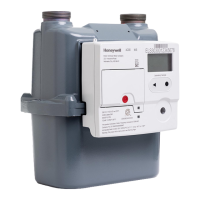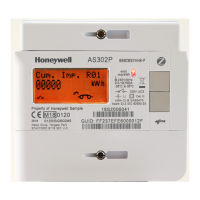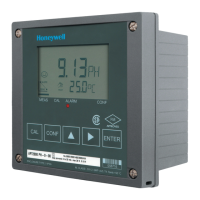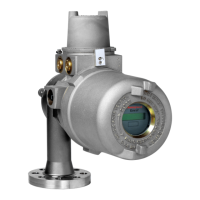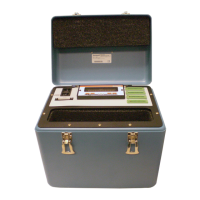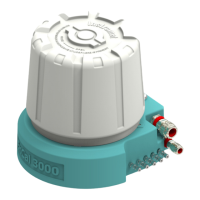70
Each programmable relay is customized to activate in specific areas and conditions. For
example, it gives the user control over which conditions might shut down specific gas
cylinders. It also allows the user to set zones for personnel alarms so that entire facilities
are not evacuated if a leak is local or the gas leaking is not hazardous at the detected
level.
Typically, alarm incidents are brief and quickly clear if the alarm event activates automatic
gas shutdown. With the gas supply cut off, the leak should dissipate. However, if the leak
is not shut off, the ACM 150 monitor will likely sense the alarm event each time it scans
the leaking area(s).
NOTE
EHS professionals must determine and set the Alarm 1 and 2 set point levels and
the programmable relay groups. They must not be reset to different levels, and the
program groups must only be changed in any way if determined and authorized by
those professionals.
6.5.2.3.
Standard Non-Latching Relays
The standard ACM 150 monitor configuration has the relays remain closed if the gas
concentration exceeds a set point. Once the gas concentration reaches 0 ppm, the relay
resets and opens. Most users prefer this because they connect these relays to PLCs or
external controls that latch, i.e., remain closed until manually reset.
6.5.2.4.
Special Latching Relays
If you do not have latching relays in your control scheme, Honeywell recommends
changing the ACM 150 monitor relays to latch. This is a simple configuration change in
the ACM 150 monitor software. When set to latch, the relays must be manually reset to
open. This is done by selecting “Reset” in the alarms log.
DANGER
Resetting a latching relay could cause a leak to restart and expose employees to
hazardous conditions. Before resetting a latching relay, ensure the leak causing
the initial alarm event has been corrected.
6.5.3. Action plan
Since the monitor can detect multiple gases per port, the action plan can be tailored for
each gas. Every user should have a plan of action for Alarm 1/Alarm 2 incidents.
Refer to “Form 2: Plan for ACM 150 incidents” on the page. 80 For a suggested plan and
format.
6.6.
Lock-on mode and demand scan mode
6.6.1. Lock-on mode
The Lock-on Mode interrupts the regular scanning to lock onto an area and monitor it
continuously for some period. It is often used after detecting an Alarm 1 or 2-level leak. It
allows you to monitor the area where the leak occurred, observing the gas concentrations
as they change to determine if the level is increasing or decreasing. It is a recommended
procedure when ERT employees go to the sample point to check for the source of the
leak. You can communicate with the ERT employees and report the readings to them if

